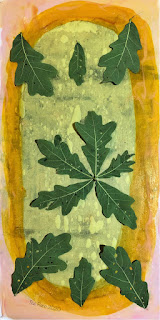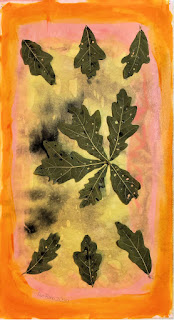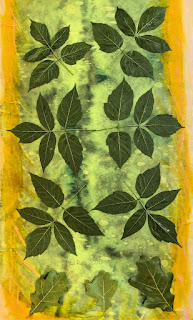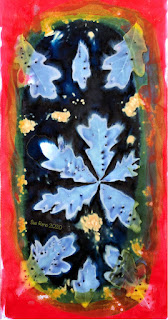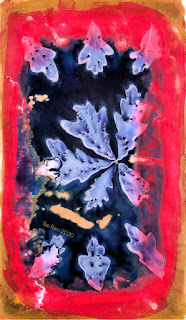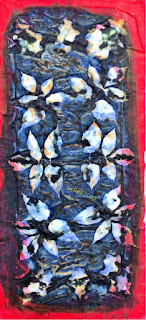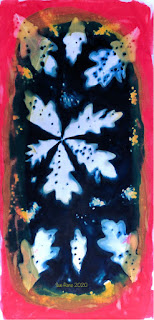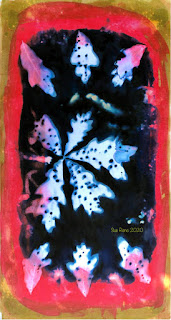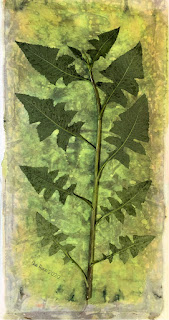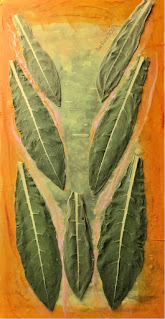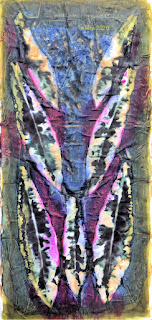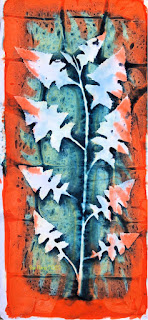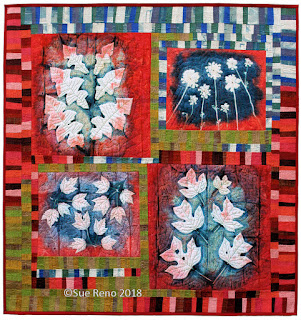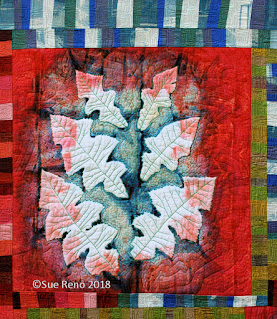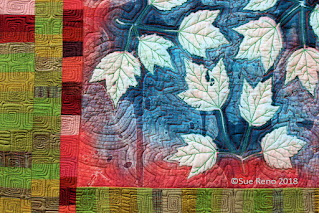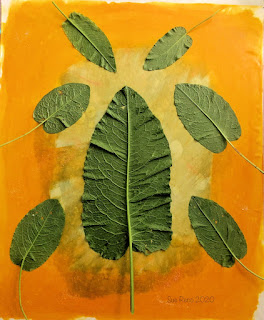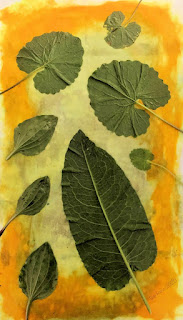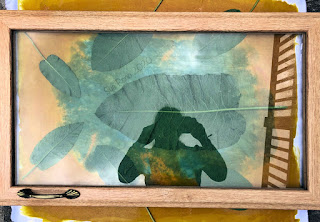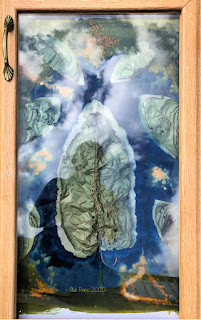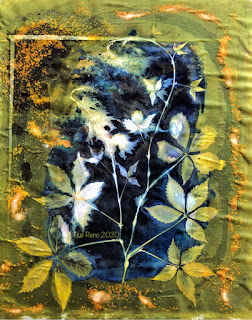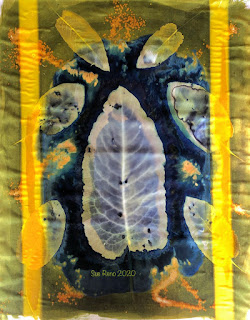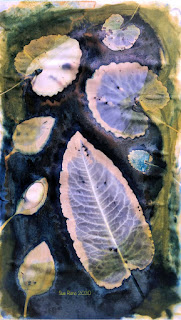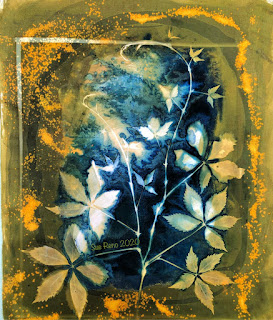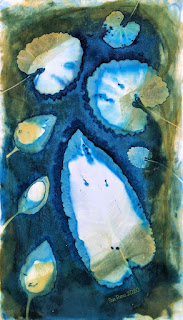In the year just ended, I was careful and I was lucky. I was careful to follow public health guidelines, to shelter at home, social distance, and mask up always. I was lucky that my current life allowed me to do all of the above, that I stayed healthy, and that no one near and dear has been lost to me.
There were losses, of course, and they seem trivial in the grand scheme things but were personally traumatic nonetheless. Art exhibits were delayed, moved online, or cancelled; museums and other venues hit hard times, my in-person lectures and trunk shows were out of the question. Social isolation is hard.
Still there were compensations, as we all adjusted. Online exhibits and zoom meetings of various fiber arts groups allowed participation that extended beyond geographic limits. Creative communities found new ways of doing things that will carry us all forward.
My personal life was busy; just 6 months into my move to Pittsburgh, there were still lots of details to attend to. I took on a big renovation and expansion of my garden landscape, and I remodeled the original kitchen in this mid-century modern home. The latter was extensively plagued by scheduling difficulties and supply chain delays, but was ultimately accomplished safely and expertly.
Through all this I had little energy for deep thinking and creation. So I compensated by doing a LOT of printmaking, which I could accomplish in short bursts of time and concentration. I shared some of my ongoing experiments as I went along, but there's a bunch of them I just never got to.
I blog because I genuinely enjoying sharing my work and my process, but also because the blog does serve as an online journal for me to keep track of things. While I considered just letting the experience of making those prints slip into the void, I ultimately decided to buckle down and document things. My mind will be more at ease once I have all of this sorted out.
So this is the first of several posts sharing wet cyanotype and solar dye prints from the summer of 2020.
These are prints I made in May.
First up was a length of Virginia creeper vine, with cyanotype and Solarfast solar dye on cotton sateen. Next was an assortment of large and small wild dock leaves.
And then, a nice weedy composition of dock. plantain, and garlic mustard leaves. All these were gathered along the edges of my yard.
As the aforementioned kitchen renovation was underway, I snagged a couple of glass front doors from the old cabinetry to experiment with as covers for developing prints. Because of the door frame, there's a bit of a gap between the leaves and the glass; the glass is not pressing down on the print.
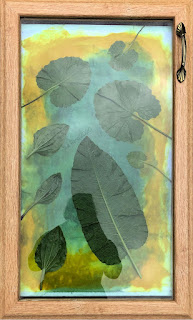
That space, and the heat that built up under the glass, allowed the leaves to dry and shrink after a bit, leaving a margin between the initial strike of the print and the final impression after 5 or 6 hours.
Here are the prints after exposure, but before rinsing and finishing.
The frame of the door somehow left a slender suggestion of an shadow in the Virginia creeper, but a big margin on the dock leaves.
As much as I love the delicate pink colors on this mixed leaf arrangement, I knew it would wash out. This is why photography at all stages is a good thing.
Here are the finished prints.
I love them all. It's interesting that the leaf veining tends to make a more permanent impression with the solarfast than with the cyanotype.
And of course, I am using both these formulations in long, wet exposures, contrary to instructions, so it's only a partially controllable process, which is what holds my interest.
Happy New Year to all, and here's to better days ahead.
A reminder that you can also follow on your platform of choice:
